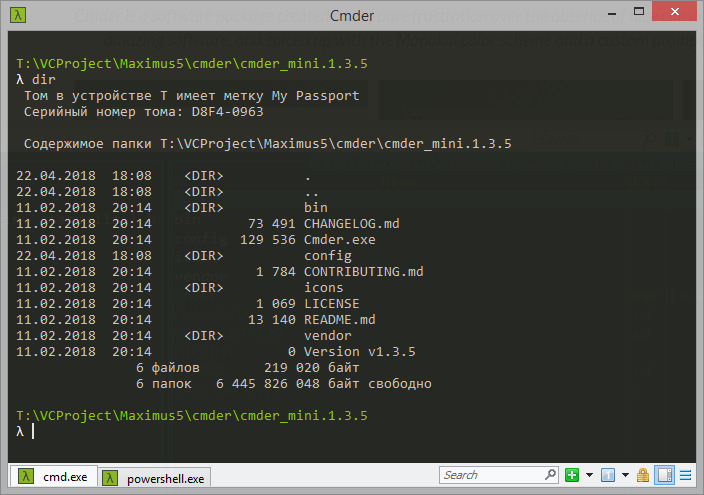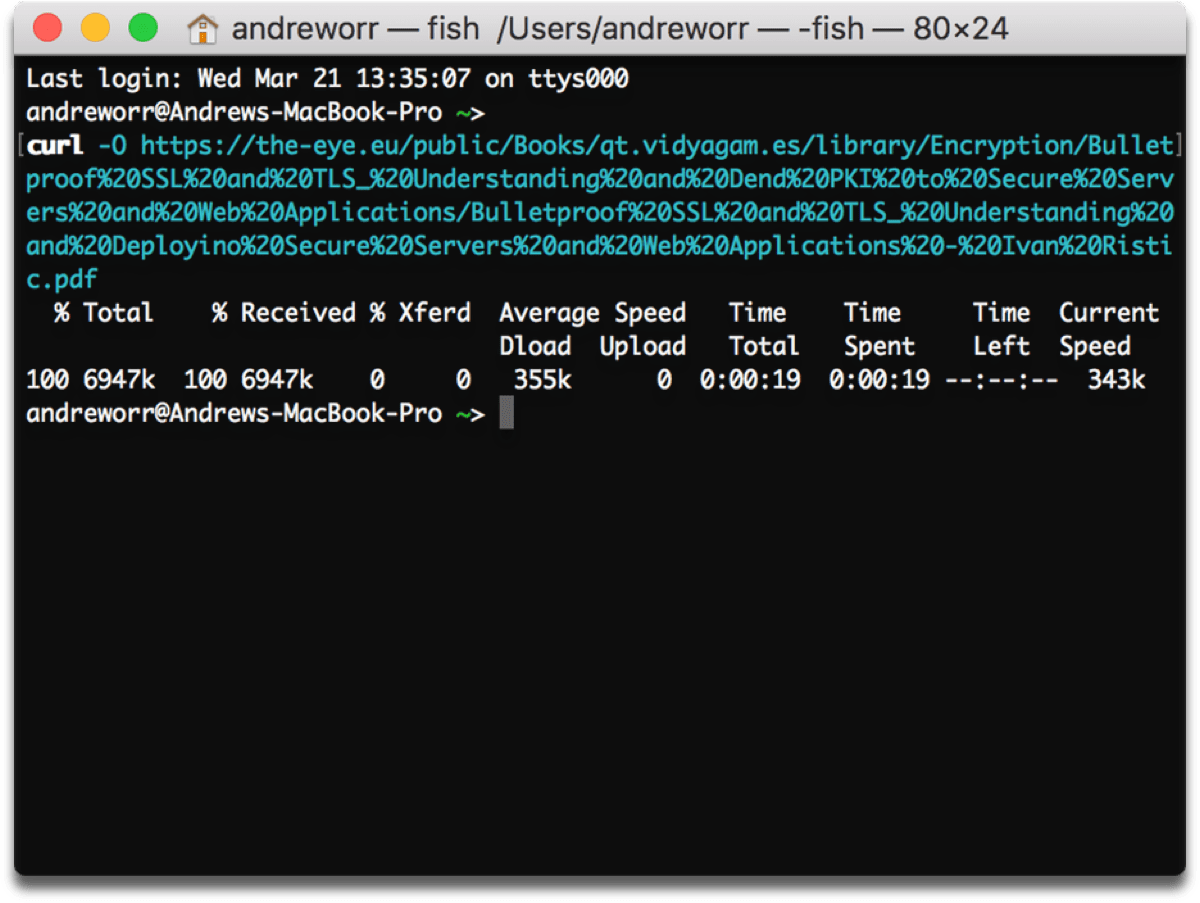

The best way to do this is by installing them on your host Windows PC. For the oh-my-zsh terminal to render properly we need to install the required fonts. This would be similar to running Windows update on the host operating system. Login into your WSL distro with your WSL credentials which you set earlierħ.) Run the following commands as “sudo user” to make sure that your distro is fully up to date. Once WSL setup is complete and you should now see a Linux (Bash Terminal) in your Windows Terminal ConfigurationĦ. These will be your credentials for WSL only.ĥ. Enter a username and password when prompted by WSL. Install your distro (In this instance we will use Ubuntu) wsl -install -d Ĥ. Instead, you should click “Run as administrator” from the search results.Ģ. Whichever option you choose, don’t just launch the command line by hitting “Enter,” because Windows isn’t going to let you install WSL as a regular user. This is most easily accomplished by searching for “PowerShell” or “Command Prompt” from the Start menu. Launch either PowerShell Command Prompt or Windows Terminal as the system’s administrator. You can access your Linux shell environments in the Windows Terminal app included with Windows 11ġ.

This will give you access to a full Ubuntu command-line environment using the Bash shell or any other command-line shell of your choice. To use WSL, you’ll need to install a Linux distribution. (You can use your own custom Linux kernel if you prefer, too.)

When you enable the feature, Windows 11 downloads a Microsoft-built Linux kernel that it runs in the background. This second version is redesigned and runs a full Linux kernel in a Hyper-V hypervisor for improved integration & compatibility. Like more recent versions of Windows 10, Windows 11 uses WSL 2.

You can enable the Windows Subsystem for Linux (WSL) on all editions of Windows 11, even Windows 11 Home.


 0 kommentar(er)
0 kommentar(er)
